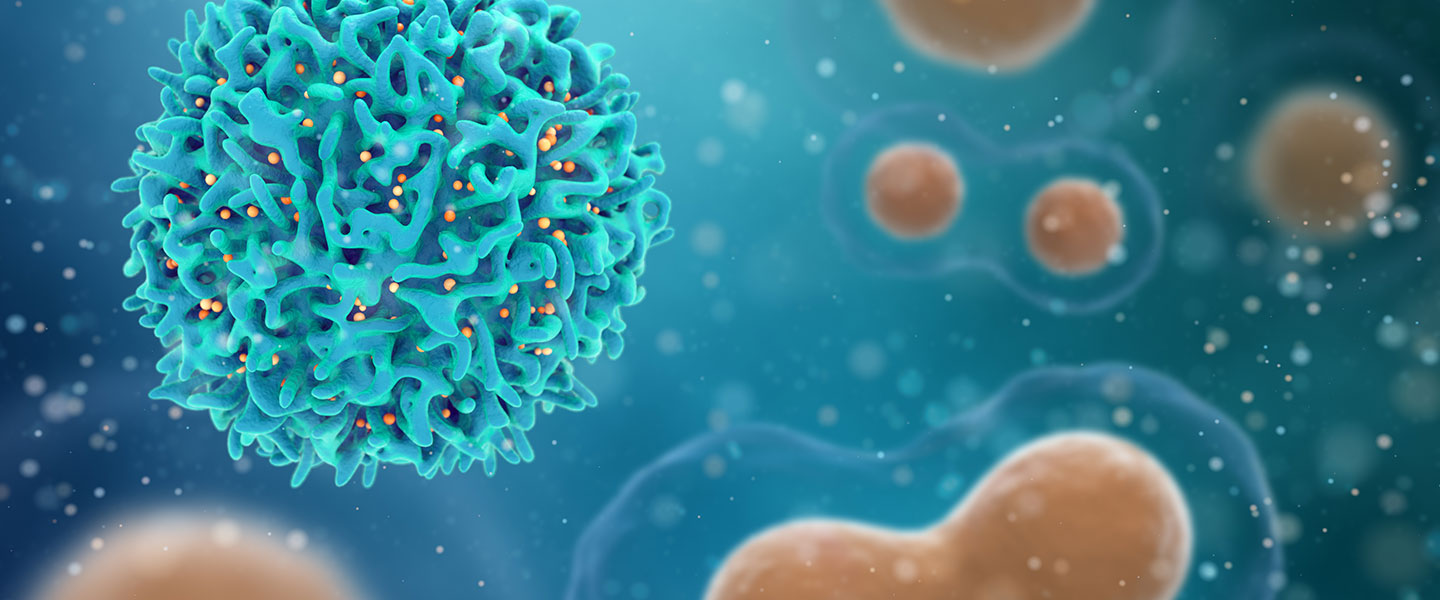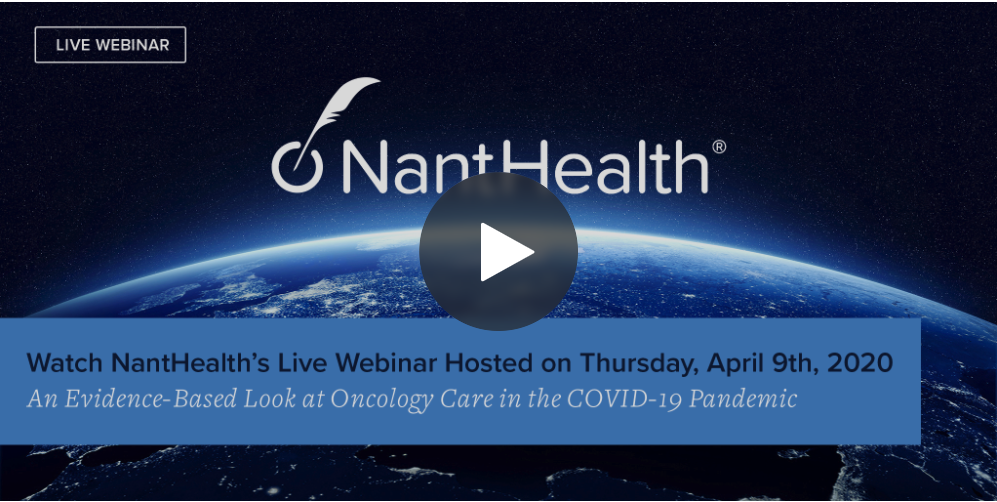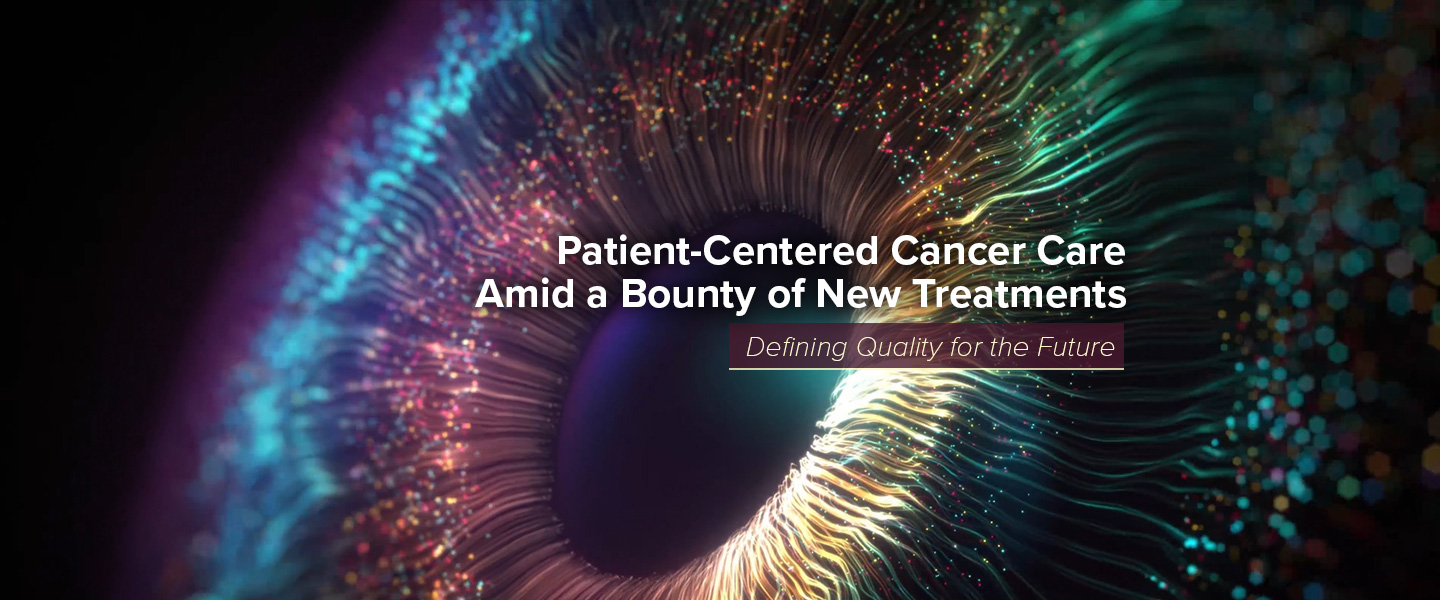 The COVID-19 pandemic has abruptly and fundamentally changed our lives, with specific, evolving impacts on healthcare. Our initial responses were reactive and uninformed. As we are coming to understand the virus better, we are better understanding specific effects on health care, changes over time, and potential strategies to address them. This blog post is an effort to describe the present and anticipate the future.
The COVID-19 pandemic has abruptly and fundamentally changed our lives, with specific, evolving impacts on healthcare. Our initial responses were reactive and uninformed. As we are coming to understand the virus better, we are better understanding specific effects on health care, changes over time, and potential strategies to address them. This blog post is an effort to describe the present and anticipate the future.
The initial response to the emerging pandemic was to prevent rapidly rising numbers of ill patients from overwhelming emergency and critical care capacity. To preserve adequate beds, equipment staffing, and personal protective equipment (PPE), medical resources were diverted from other patients to reserve them for potential COVID-19 patients. Elective procedures were postponed, often indefinitely. For cancer care, intensive interventions were affected first. After an early, alarming hot spot appeared in Seattle, where bone marrow transplantation was developed, transplant procedures were put on hold.
Fear of inadequate capacity also drove “flatten the curve” public health interventions, including domestic lockdowns, social distancing, and commercial closures. Concerns about emergency care eased with public health successes in the initially hardest-hit areas, including the New York City area, western Washington, and California. Better control and increased supplies reduced demand (and competition) for ICU beds, ventilators, and personal protective equipment (PPE). As we learned that virus is spread by infected but asymptomatic persons and PPE shortages improved, experts recommended wearing face masks in public. N95 masks remain reserved for frontline healthcare workers. Unfortunately, the epidemiology of COVID-19 has become more complicated, now expanding into previously unaffected geographic areas and recurring in volume with failed efforts to resume social and commercial interactions safely.
The public health guidance to avoid unnecessary trips from home produced a side effect: a dramatic drop in routine medical visits. Even as emergency departments and ICUs have become able to meet demand and implement infectious precautions, the stigma of potential infection has discouraged preventive care. Rapid growth of telemedicine has only partially addressed health needs during the pandemic. Telemedicine visits permit providers to inquire, inspect, assess, and advise patients about acute and chronic problems but not to examine or perform procedures. Pediatricians raised early alarms about delayed vaccination schedules for children, prolonging their vulnerability to preventable diseases and requiring ad hoc catch-up plans. The decline in primary care has suppressed other elements of preventive care, including cancer screening.
The pandemic modestly affected ongoing cancer care but has depressed the diagnosis of new cancers. Cancer care begins with non-oncologists. Primary care or emergency physicians order cancer screening tests and investigate symptoms. If patients do not undergo screening tests or ask about a symptom that may signal cancer, cancer diagnoses stop. Since the pandemic, cancer diagnoses have dropped as much as half. As a result, fewer new cancer patients enter treatment, reducing cancer practice volumes. Most of those undiagnosed cancers will eventually be discovered. Many of those cancers will be found at later stages when they are less easily and effectively treated, which screening is intended to prevent. Reduced cancer diagnoses now produce a cancer backlog later. When diagnosed, those cancers may require more intensive treatments.
After cancer diagnosis, oncologists take over. They direct staging tests to determine its extent, present treatment options, prescribe the cancer treatment, manage complications, and change course if treatments fall short. Cancer treatment, once underway, has not been much affected by the pandemic. Other than delaying intensive treatments at times when COVID-19 cases appear overwhelming, medical, surgical, and radiation cancer treatments have been developed and carried out. Patients have continued their care largely as if there were no pandemic, albeit with the anxiety that comes with hospital visits during a pandemic. Some tweaking has occurred to reduce scheduled, and emergency visits: appointments are staggered, waiting room occupancy is reduced, and increased safety measures have been implemented. Preference is given to an equally effective treatment that can be given less frequently or in a way that reduces likely complications requiring visits. For example, accelerated approval was given to extend the treatment interval for pembrolizumab, a cancer immunotherapy drug, from three to six weeks, and guidance on use of some hematopoietic growth factors has relaxed.
There will be catch up for the backlog of undiagnosed cancer patients, although the pattern is unpredictable. As routine care becomes an acceptable risk, patients are more comfortable with sanitation practices, and awareness of the harm of postponing routine care grows, cancer diagnoses will increase. The pace and timing of this return to normal are not easy to predict, and it may vary geographically with the virus and social circumstances. Acceptance of “high-touch” screening procedures like mammography and colonoscopy may lag. However, it appears likely that new cancer patients will increase significantly over the current depressed rates. Resolving the cancer backlog may put pressure on clinical teams and facilities adapted to lower current volumes.
Another effect is on clinical trials of experimental cancer treatments. Many trials require additional visits for data collection that are less attractive during the pandemic, especially in areas of increased COVID-19 activity. As for cancer care, ongoing trials will continue, but trial recruitment is falling about 10% monthly, because of fewer new cancer diagnoses and patient reluctance to comply with trial requirements. If so, new drug approvals will likely be delayed. As for cancer diagnoses, a subsequent catch-up period for trials and approvals may lie ahead.
If a catch-up surge in cancer diagnoses occurs, preauthorization reviews, such as are provided by NantHealth’s Eviti, may offer enhanced value. The preauthorization process demands time for plan submission and peer-to-peer conversations. In return, the process produces a greater likelihood of evidence-based care, which is more efficacious and cost-effective. Novel cancer agents and molecular targets add complexity to treatment decisions as catch-up diagnoses increase volume. The preauthorization review may have increased value, avoiding unnecessary spending for inappropriate, expensive treatments, preserving resources needed to fight the virus, and care for all patients.
Ensuring high-quality cancer care for patients remains our top priority. Once we enter the recovery phase of COVID-19, we will begin to heal the physical and economic scars of this pandemic.








